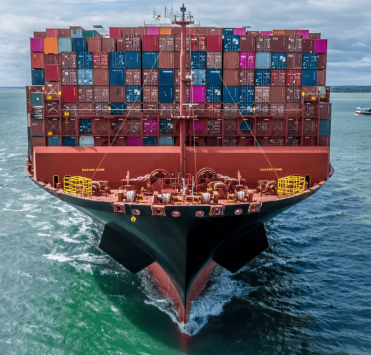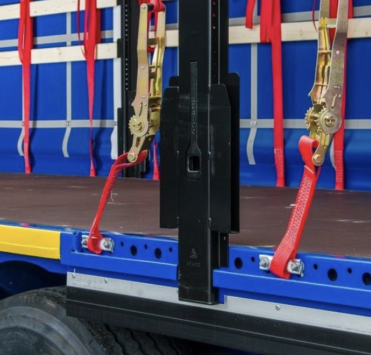What is a TIR Carnet?

TIR (Transports International Routiers) is an international road freight transport system designed to facilitate and speed up the transport of goods across borders of participating countries. It allows trucks to cross borders without having to pass through customs control and pay security deposits each time, making the international transport of goods much easier and cheaper. The system operates on the basis of an international agreement that regulates the conditions and procedures for such transport.
The main features of the TIR Carnet:
- International recognition: The TIR Carnet is recognised by customs authorities in more than 70 countries.
- Simplification of procedures: Thanks to the TIR Carnet, goods can pass through customs posts without additional checks and payments at each border.
- Guarantees: The TIR system provides financial guarantees in case of violation of customs regulations, which reduces the risks for customs authorities.
- Unified documentation: The use of a standard TIR Carnet simplifies the processes of paperwork and document verification at customs.
Navigating International Trade: Understanding the TIR Carnet
International trade plays an important role in the global economy, facilitating the exchange of goods and services across borders. An important aspect of international trade is customs transit procedures, which ensure the smooth movement of goods from one country to another. Among various customs transit systems, the TIR carnet stands out as a generally recognized and effective mechanism for simplifying and optimizing cross-border transportation.
Understanding the TIR Carnet is fundamental to assessing its impact on international trade. Established more than 60 years ago, the TIR Carnet system has involved more than 66 countries, making it the customs transit system with the widest geographic coverage. The TIR Convention, the legal framework governing the TIR system, has proven highly effective in simplifying international customs transit procedures. Through standardized processes and protocols, the TIR system ensures the seamless movement of goods across borders, promoting efficiency and reducing bureaucratic barriers.
The benefits of using a TIR carnet in international trade are diverse. From the customs point of view, the TIR system helps to reduce the administrative burden by streamlining national transit procedures. In addition, it minimizes physical checks during transit, thereby saving time and human resources. Harmonization of customs procedures under the TIR system leads to cost and time savings for businesses, simplification of documentation requirements and acceleration of the clearance process. By promoting a standardized and efficient transit mechanism, the TIR Carnet facilitates trade and economic growth.
Despite its advantages, the introduction of the TIR carnet also creates certain problems in the field of international trade. Although the TIR system aims to ensure the smooth movement of road cargo from the country of origin to the country of destination, there may be problems with practical implementation. Ensuring compliance with TIR rules and eliminating discrepancies in customs procedures in different countries are constant challenges for stakeholders. As international trade evolves and supply chains become more complex, adapting the TIR system to changing needs and technological progress remains a key challenge for the future.
In summary, the TIR carnet serves as a vital tool to overcome the complexities of international trade by providing a standardized and efficient customs transit mechanism. By understanding the significance, benefits and challenges associated with the TIR system, stakeholders can leverage its benefits to promote cross-border trade and economic development on a global scale. As the international trade landscape continues to evolve, the TIR Carnet remains the cornerstone of efficient and secure transit procedures.









